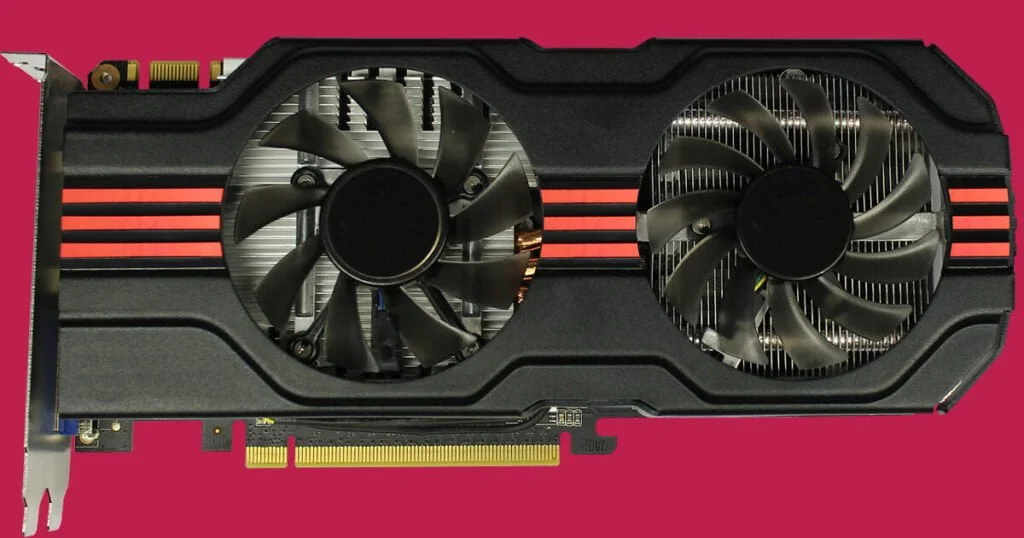The process through which new bitcoins are generated and transactions on the Bitcoin network are validated is known as Bitcoin mining. It entails employing specialized computer gear to carry out challenging computations required to process and validate blockchain transactions.
The first miner to crack a cryptographic puzzle wins a reward in the form of fresh bitcoins. Miners compete to crack the puzzle. As it guarantees that transactions are legitimate and cannot be altered, this procedure is essential to maintaining the security and integrity of the Bitcoin network.
Mining may be a resource-intensive operation since it needs a lot of computing and electrical resources. Yet it is also necessary for the Bitcoin network to function and for the generation of new bitcoins.
How Does Bitcoin Mining Work?
The process of mining bitcoins is fiercely competitive, and miners are always vying to solve the next block. They must employ specialized technology known as ASICs (Application-Specific Integrated Circuits) that is created especially for mining Bitcoin to accomplish this.
A block is solved by a miner, broadcast to the network, and then its authenticity is checked by other network nodes. A specific amount of Bitcoin is given to the miner who solved the block as compensation if the block is genuine and added to the blockchain. To maintain the finite amount of Bitcoin, this reward is now fixed at 6.25 Bitcoin per block, but it is half every 210,000 blocks.
How to Mine Bitcoin: Step-by-Step Guide
Now that you have a basic understanding of how Bitcoin mining works, let’s dive into the step-by-step process of how to mine Bitcoin.
Step 1: Get a Bitcoin Wallet

You’ll need a location to keep your freshly created coins before you can begin mining Bitcoin. A Bitcoin wallet can be useful in this situation. Bitcoin wallets come in a wide variety of forms, from software wallets that you can set up on your computer to more secure hardware wallets.
Step 2: Choose a Mining Pool
While mining Bitcoin alone is technically conceivable, it is incredibly difficult and time-consuming due to the high level of competition. Because of this, the majority of miners decide to join a mining pool, which consists of several miners who cooperate to solve blocks and divide the benefits.
You should think about things like the pool’s costs, reputation, and payment structure while selecting a mining pool. Slush Pool, F2Pool, and Antpool are a few of the well-known mining pools.
Step 3: Choose Your Hardware
Equipment created especially for the job of confirming transactions and adding new blocks to the blockchain makes up the hardware used in Bitcoin mining. Hardware comes in a variety of forms, each with advantages and drawbacks of its own.
CPU

When Bitcoin was first released in 2009, mining it could be done with a standard computer Processor (central processing unit). The difficulty of mining, however, significantly rose as the Bitcoin network evolved and more individuals started to mine, rendering CPU mining unprofitable.
Since they are substantially slower and less effective than more specialized technology, CPUs are not frequently utilized for Bitcoin mining nowadays.
GPU

Graphics rendering in video games and other applications was the initial purpose of graphics processing units (GPUs), which are specialized computer chips. They are ideal for Bitcoin mining due to their great processing power and energy efficiency, though.
In reality, because they provided a large performance advantage over CPUs, GPUs were the dominant mining hardware for many years. Yet as mining became more challenging and ASICs gained popularity, GPU mining for Bitcoin became less profitable.
ASIC
Specialized hardware tools called application-specific integrated circuits (ASICs) are created expressly for the process of mining Bitcoin. They are substantially faster and more effective than CPUs or GPUs because they are highly specialized for this task.
As they provide the finest performance and energy efficiency, ASICs are currently the hardware of choice for Bitcoin mining. They can be pricey to buy, though, and small-scale miners might find them uneconomical.
Step 4: Download Mining Software
Bitcoin miners need specific hardware as well as software to connect to the Bitcoin network and carry out the actual mining process. There are numerous solutions for mining software, each with unique features and advantages.
CGMiner
One of the first and most well-known Bitcoin mining software alternatives is CGMiner. There are versions of this open-source software for Windows, Linux, and Mac OS X. Many ASICs and several FPGA devices are supported by CGMiner.
The adaptability and configurable nature of CGMiner are one of its main benefits. It is a preferred alternative for advanced users because it provides a large selection of choices for configuring mining pools, devices, and other settings.
BFGMiner
Another free and open-source Bitcoin mining program is BFGMiner, which runs on Windows, Linux, and Mac OS X. It supports a variety of ASICs in addition to various FPGA devices.
Support for mining with several devices at once is one of BFGMiner’s primary features. For miners that wish to increase their mining efficiency and use many ASICs or other pieces of hardware, this can be helpful.
EasyMiner
EasyMiner is a user-friendly Bitcoin mining program created with novices in mind. It supports a large variety of ASICs and is available for Windows, Linux, and Mac OS X.
The simplicity and convenience of use of EasyMiner are two of its main benefits. It’s a favorite among newbies since it has a straightforward interface that is simple to use.
BitMinter
A well-known Bitcoin mining pool called BitMinter also provides its mining software. It is compatible with a broad variety of ASIC devices and is available for Windows, Linux, and Mac OS X.
BitMinter’s user-friendly interface is one of its main benefits. Users can quickly move between mining pools thanks to its quick setup process. For the storage of mined Bitcoins, BitMinter also provides a built-in wallet, which is useful for newcomers.
Bitcoin Core
Many miners and nodes use Bitcoin Core, the original Bitcoin software client, to verify transactions and uphold the Bitcoin network. Although not made with mining in mind, Bitcoin Core comes with integrated mining software that can be used to mine the cryptocurrency.
The dependability and security of Bitcoin Core are two of its main benefits. It is a well-liked option for miners that place a high priority on stability and security because it is extensively used and has undergone extensive testing.
MultiMiner
ASICs, GPUs, and CPUs are just a few of the many types of mining hardware that MultiMiner supports. It is compatible with Mac OS X, Linux, and Windows.
The simplicity and convenience of the usage of MultiMiner are two of its main benefits. It has features like automatic detection of mining hardware and mining pool configuration and has a straightforward interface that is simple to use.
Step 5: Configure Your Mining Settings
You must set up your mining parameters after installing your mining software. Setting your mining pool’s URL, entering your worker’s username and password, and altering your mining difficulty all fall under this category.
It’s crucial to remember that different mining pools and ASICs could call for different settings, so make sure to read the manufacturer’s instructions for your pool and ASIC.
Step 6: Start Mining
You are now prepared to begin mining Bitcoin after configuring your hardware, software, and settings. Your mining program will instantly establish a connection with the mining pool of your choice and start clearing blocks.
The process of mining Bitcoin can be time- and energy-consuming, which is something to keep in mind. It can take days or even weeks to earn a single Bitcoin, depending on the processing power of your hardware and the complexity of the blocks you’re attempting to solve.
Conclusion
The intricate process of mining bitcoins involves specialized technology and software. There are numerous types of hardware available, each with unique benefits and drawbacks, such as CPUs, GPUs, and ASICs. Similar to mining hardware, there are numerous solutions for mining software, each with unique features and advantages.
It’s crucial to conduct your homework and pick the hardware and software that are suitable for your needs and budget if you’re interested in mining Bitcoin. Bitcoin mining is a potentially lucrative business if done with the correct tools and knowledge.
FAQs
Q1: Can I mine Bitcoin with my regular computer?
A: While mining Bitcoin on a standard computer is still feasible, it is no longer lucrative to do so. Currently, mining Bitcoin effectively requires specialized equipment (like ASICs).
Q2: How much does it cost to mine a Bitcoin?
A: The price of power and the effectiveness of your ASIC are two variables that can affect the cost of mining a Bitcoin. Nonetheless, the average cost of mining one Bitcoin as of April 2023 is almost $7,000.
Q3: How much money can I make from Bitcoin mining?
A: Your ability to profit from Bitcoin mining is influenced by many variables, including the cost of power in your area, the value of Bitcoin, and the effectiveness of your mining equipment. Before investing in mining equipment, it’s crucial to conduct your study and estimate your possible returns.
Q4: Is Bitcoin mining legal?
A: The majority of nations allow Bitcoin mining, however, local laws and regulations may differ. Before starting a Bitcoin mining operation, it’s crucial to do your homework regarding local rules and restrictions.
Q5: Do I need a lot of technical knowledge to mine Bitcoin?
A: While setting up and configuring your mining hardware and software may involve some technical know-how, there are plenty of online tools to help you along the way. Also, a lot of mining pools provide simple user interfaces to help newbies get started.







